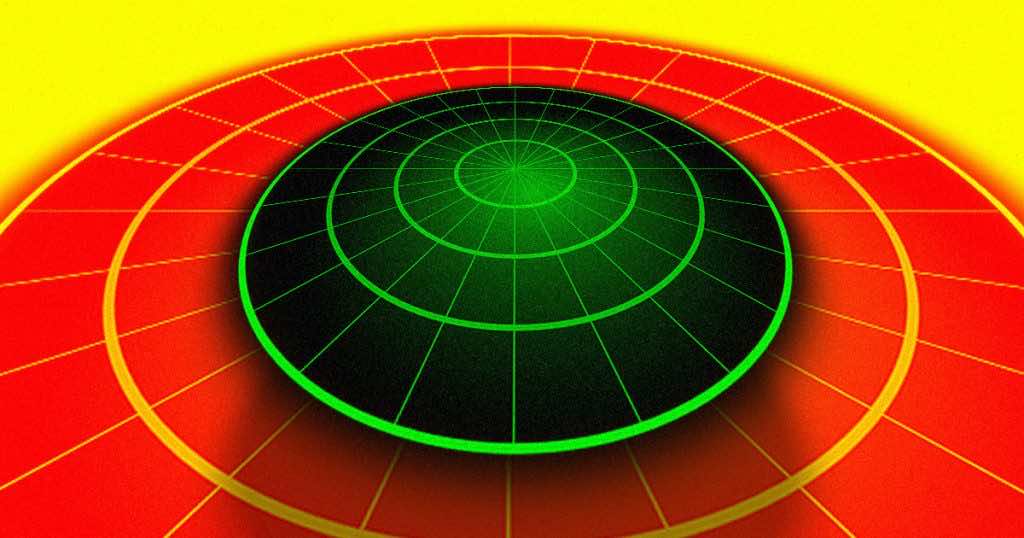Radars are being used worldwide for tracking aircraft, navigating ships from thunderstorms, and even observing space dust. Radars are capable of performing high-level detections due to their innate ability to send out a radio wave and record when it bounces off an object and returns to the source. But in addition to the above-mentioned usages of Radar, there is a new development that enables us to use radars on much smaller scales, such as the human body.
A research team from the University of Sydney has published a study featuring an improved radar system that could be used on the scales of inches instead of feet. Such an upgraded radar is known as advanced photonic radar, the ultra-high-resolution device that is so sensitive that it can detect an object’s location, speed, and angle in inches as opposed to feet. This new photonic radar could be used as a vital sign to monitor breathing and heart rate or to track movements in hospitals.
The radar could continuously detect a chest rising of a person in case of monitoring his breathing. It can be done by strapping a monitor around the person’s chest.
Professor Benjamin Eggleton. principal investigator for this research and Director of the University of Sydney Nano institute mentioned, “Our invention represents a breakthrough with the use of photonics (light particles). I’m excited about the potential non-traditional applications of this technology, regarding human movement. The important parameters that matter when you build a radar system are going to be the frequency of the radar, and the bandwidth over which the radar signal is.”
Moreover, Eggleton says, “For that traditional application, the frequency is relatively low – like 500 megahertz. Because all you need to know is: is it a big plane or a small plane?” Understanding the size of the object might be adequate for air control towers, but if the radar is set at higher frequencies, it could return more information.
“If you can increase the frequency of the radar and go to higher frequencies – tens of gigahertz, 40 gigahertz, for example, you can then increase the bandwidth of the signal. Now that radar has a very high spatial resolution. So not only can you see the location with incredible precision, but you will actually map out the shape of the object with incredible precision,” explains Eggleton.
Because of the very high prices along with the difficulties in implementation, high-bandwidth radar seems mostly impractical. The research team has avoided this obstacle by using photonics. “We use a photonic trick, basically, to generate this high bandwidth radar without requiring any high-speed electronics,” says Eggleton. “And that’s the magic.”
The study has been published here.

